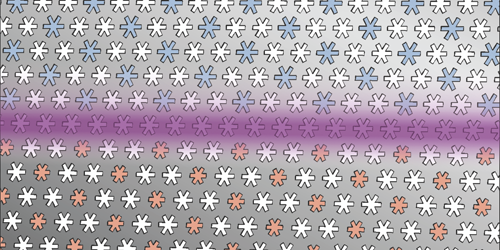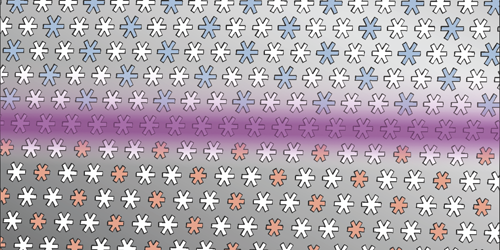Snowflake Topological Insulator
Acoustic versions of topological insulators channel sound waves along their surfaces or edges but not in their bulk. They might improve acoustic technologies because the waves travel in the devices without the backscattering caused by impurities and structural disorder. But the devices have yet to reach nanoscale dimensions, which would enable the building of high-performance integrated acoustic circuits. Florian Marquardt from the Max Planck Institute for the Science of Light, Germany, and colleagues now propose that a two-dimensional array of holes fashioned like snowflakes could be turned into an acoustic topological insulator with nanoscale dimensions.
Two-dimensional arrays of snowflake-shaped holes have previously been built and have proven their worth. For example, they have been used to trap light and sound together. Marquardt and co-workers use so-called finite-element simulations, complemented by a derivation of the Hamiltonian for wave propagation in the array, to demonstrate that a simple change to the array can make it an acoustic topological insulator. The change involves creating two contiguous domains: one in which the radius of every third hole in the array is increased and the other in which that same radius is decreased. This yields a structure that does not transport sound waves in the interior of the domains but routes the waves along the edge between the domains without any backscattering. The team reckons the structure could be readily made in the lab using available nanofabrication techniques.
This research is published in Physical Review B.
–Ana Lopes
Ana Lopes is a Senior Editor of Physics.





